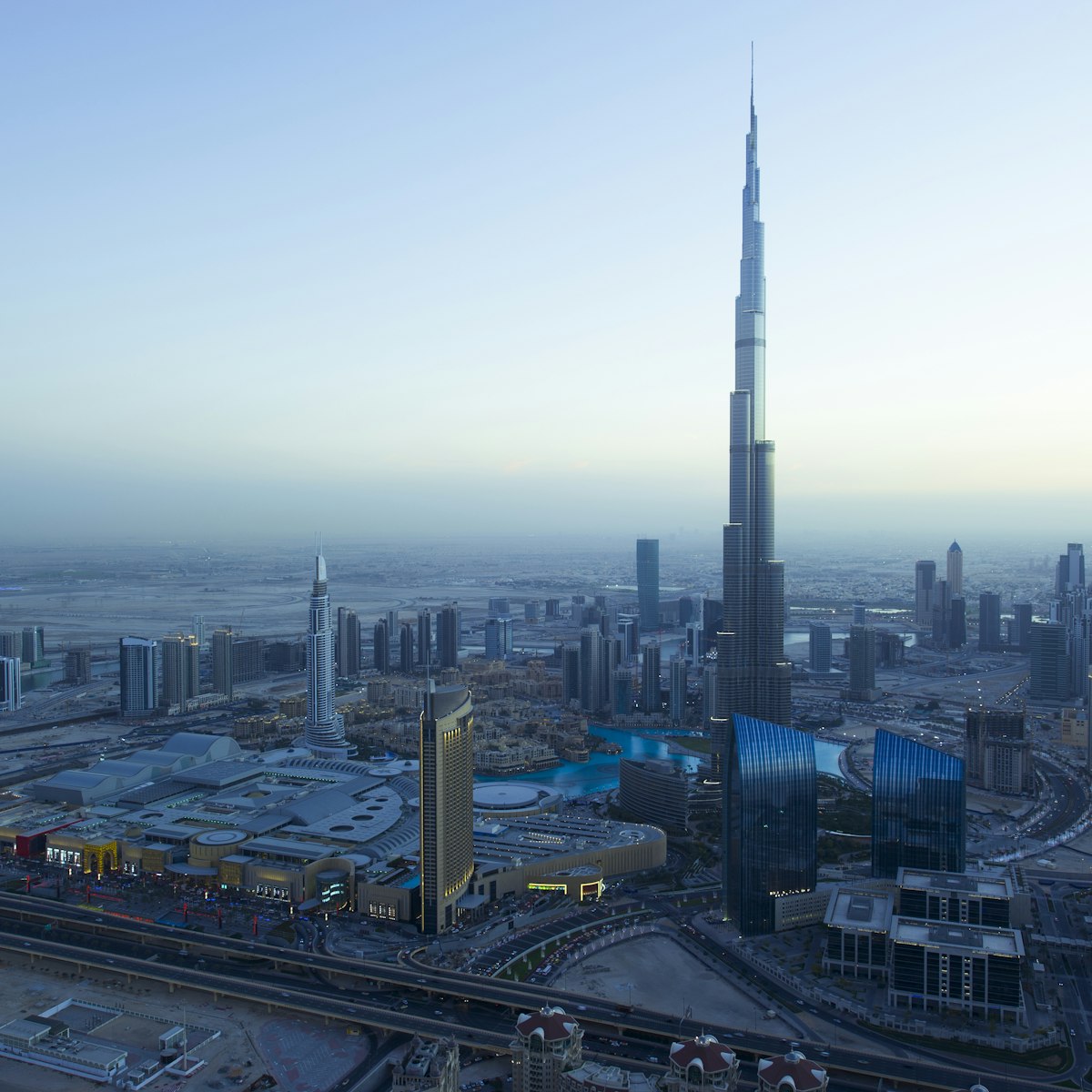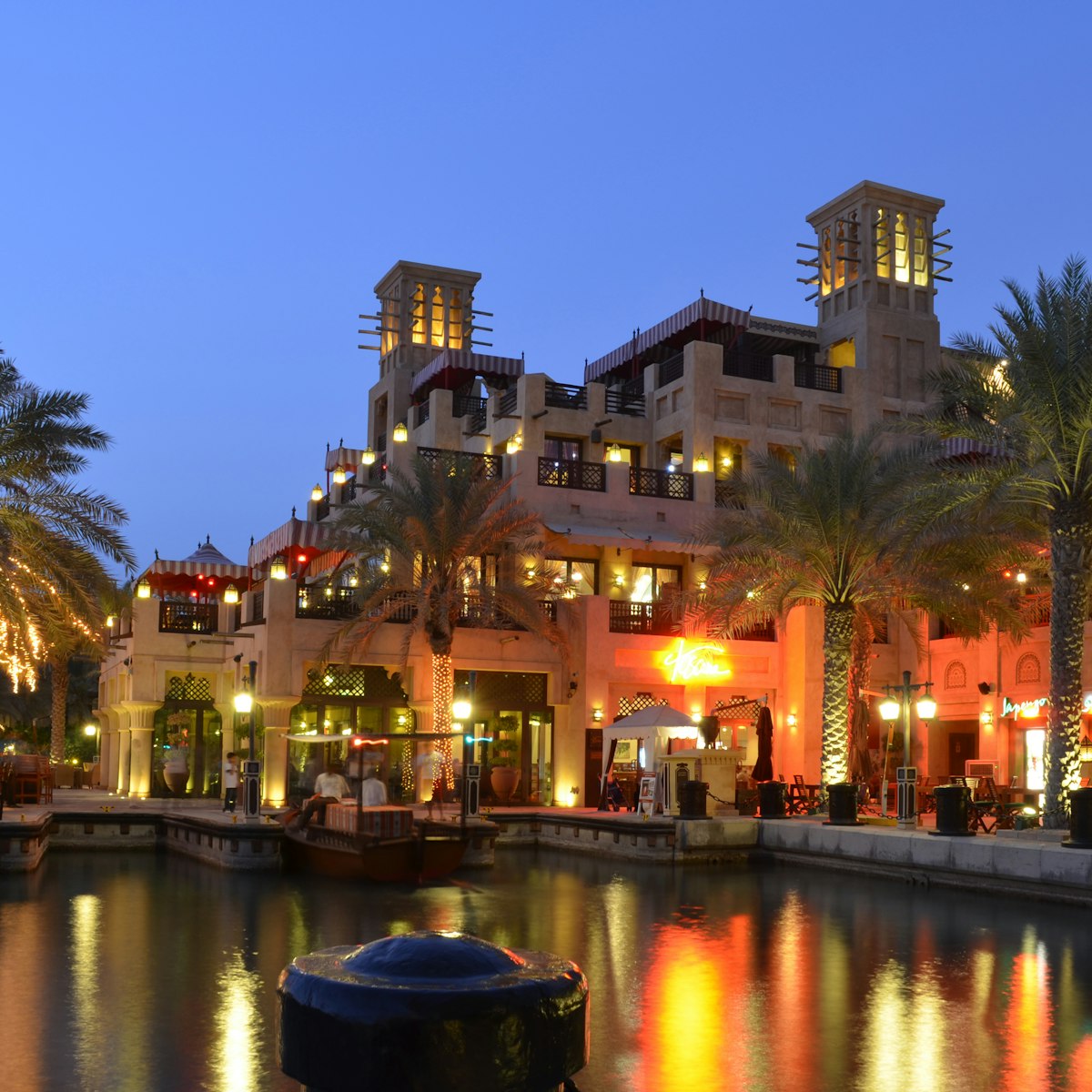Incongruously framed by highways, this surprising sanctuary on Dubai Creek is an important stopover for migratory waterbirds on the east Africa–west Asian flyway. Gracious pink flamingos steal the show in winter, but avid birdwatchers can spot more than 170 species in this pastiche of salt flats, mudflats, mangroves and lagoons spread over an area of around 6.2 sq km.
Three accessible hides (platforms) house fantastically sharp binoculars: the Flamingo Hide on the sanctuary's western edge near the flamingo roost off the junction of Al Wasl and Oud Metha Rds; the Al Buhaira Lagoon close to Al Jadaf; and the Mangrove Hide overlooking the mangrove forest off Ras Al Khor Rd on the southern edge. There are common sightings of broadbilled sandpipers and Pacific golden plovers; in winter, great spotted eagles and other raptors may be patrolling the skies.
RAKWS' importance was internationally recognised in 2007 by the Ramsar Convention, a global treaty for the conservation of wetlands signed in 1971 in the Iranian city of Ramsar. In 2016 a Ramsar delegation visited Dubai to assess the impact of encroaching construction and find ways to minimise it to preserve the integrity of the site, which has increasingly become a tourist attraction.
The sanctuary is a 15-minute taxi ride from the nearest metro.








